The Colorful History of Pink
The color pink has a longer (and brighter) history than you might expect.
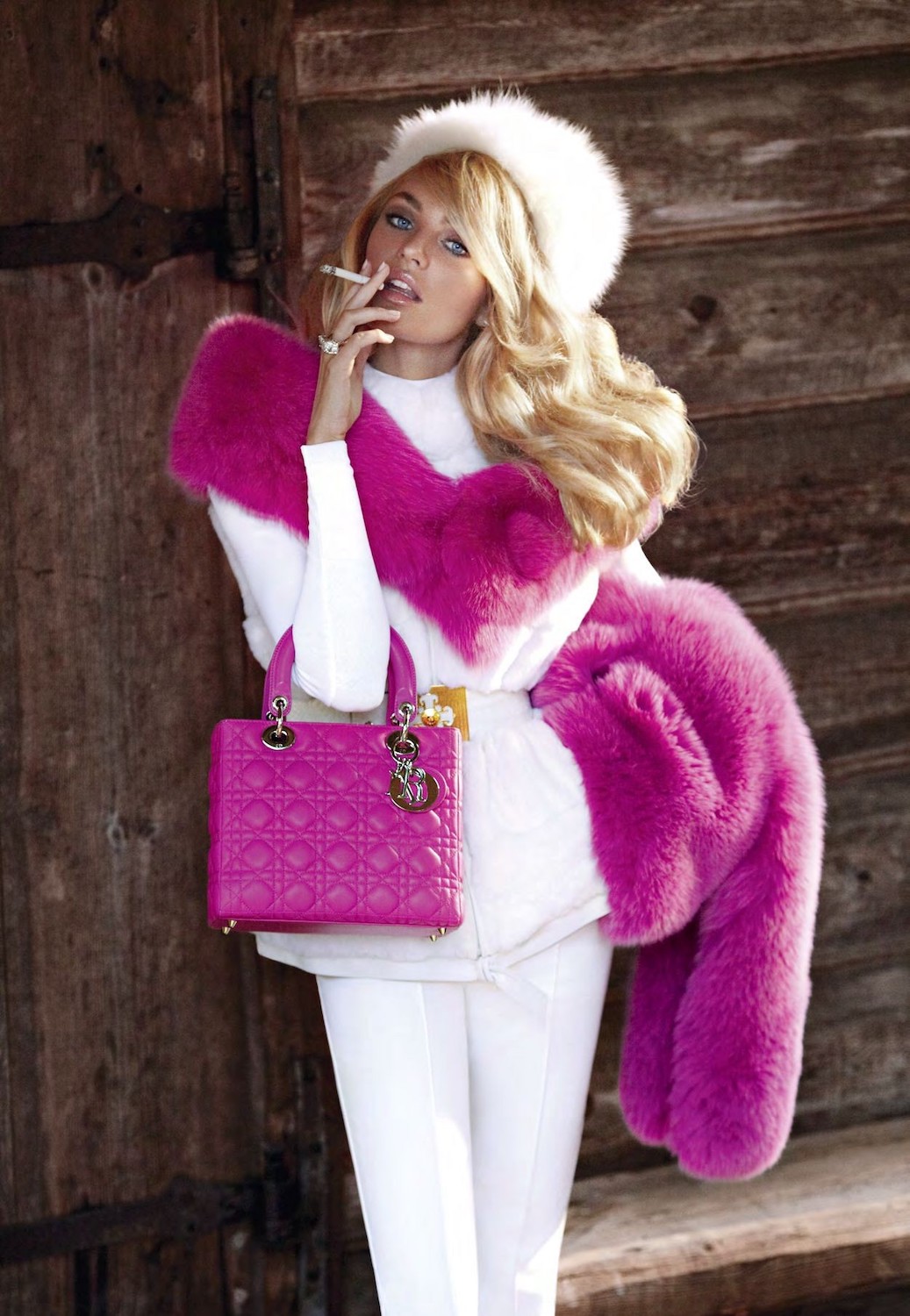
From being a sign of social status in Georgian Era Europe to representing several major social movements around the world, the color pink has a shockingly long and winding history.
Pink was first recognized as a concept in 800 B.C., in Homer’s Odyssey. The term was later coined by a Greek botanist, who used it to describe the colorful ruffled edges of carnations. It entered that fashion industry in the 1700s, when it became a popular color for European aristocrats.
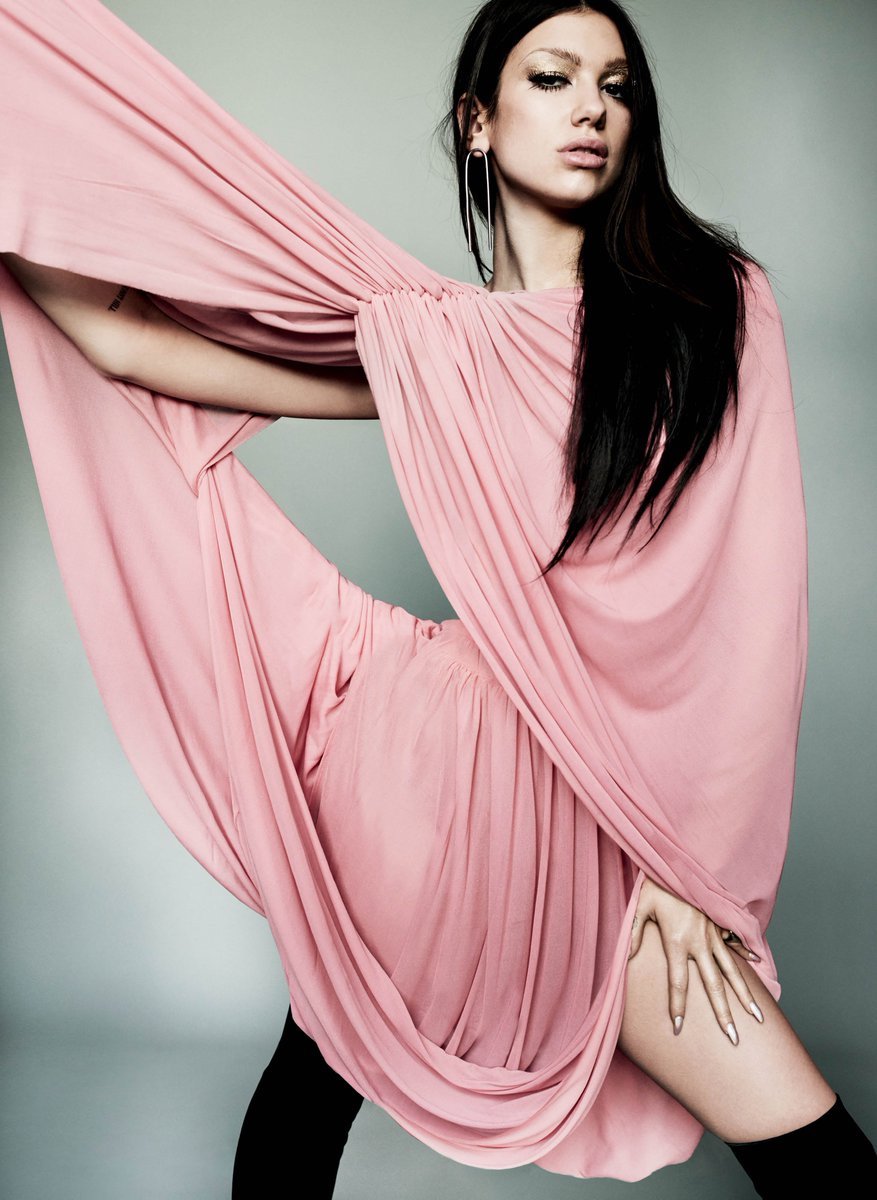
The color was first popularized by Madame de Pompadour, Louis XV’s mistress. She wore pink often as a way to prove her wealth and her status in society, and even had a shade, Rose Pompadour, named after her by French porcelain company Sèvres. For centuries, pink was a color reserved for the wealthy, and it had no gender implications.
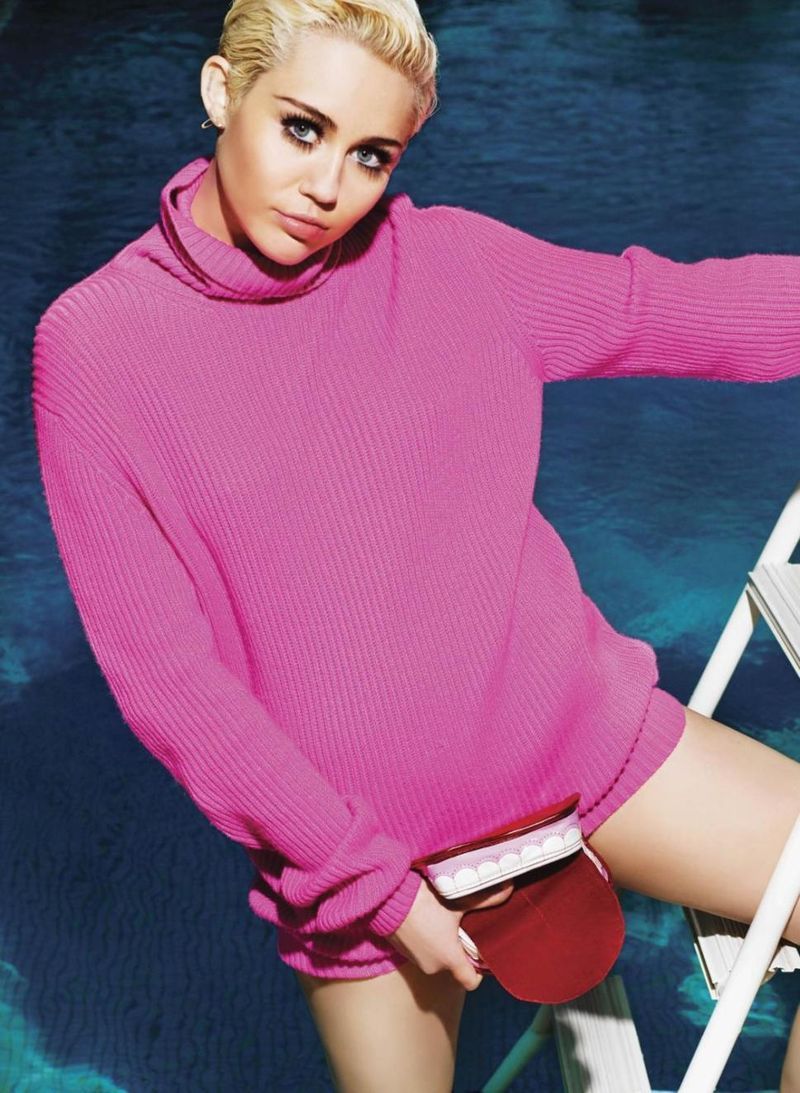
The feminization of pink occurred at the end of the 19th century, as the color trickled its way down into mainstream attire. Mass-production of pink clothes diluted it’s significance, and thus the color was no longer associated with wealth. French designer Paul Poiret popularized the color amongst women with with his powder pink dresses. As more and more designers like Poiret had access to the color, pink began to signify femininity.
As World War II came around, pink was used in ads for products directed at women as a way to urge them to quit their jobs and focus on their households as the men were overseas. In 1953, pink was solidified as an entirely feminine color when first lady Mamie Eisenhower wore a pink dress to her husbands inauguration, and Marilyn Monroe wore the iconic pink dress in Gentlemen Prefer Blondes.
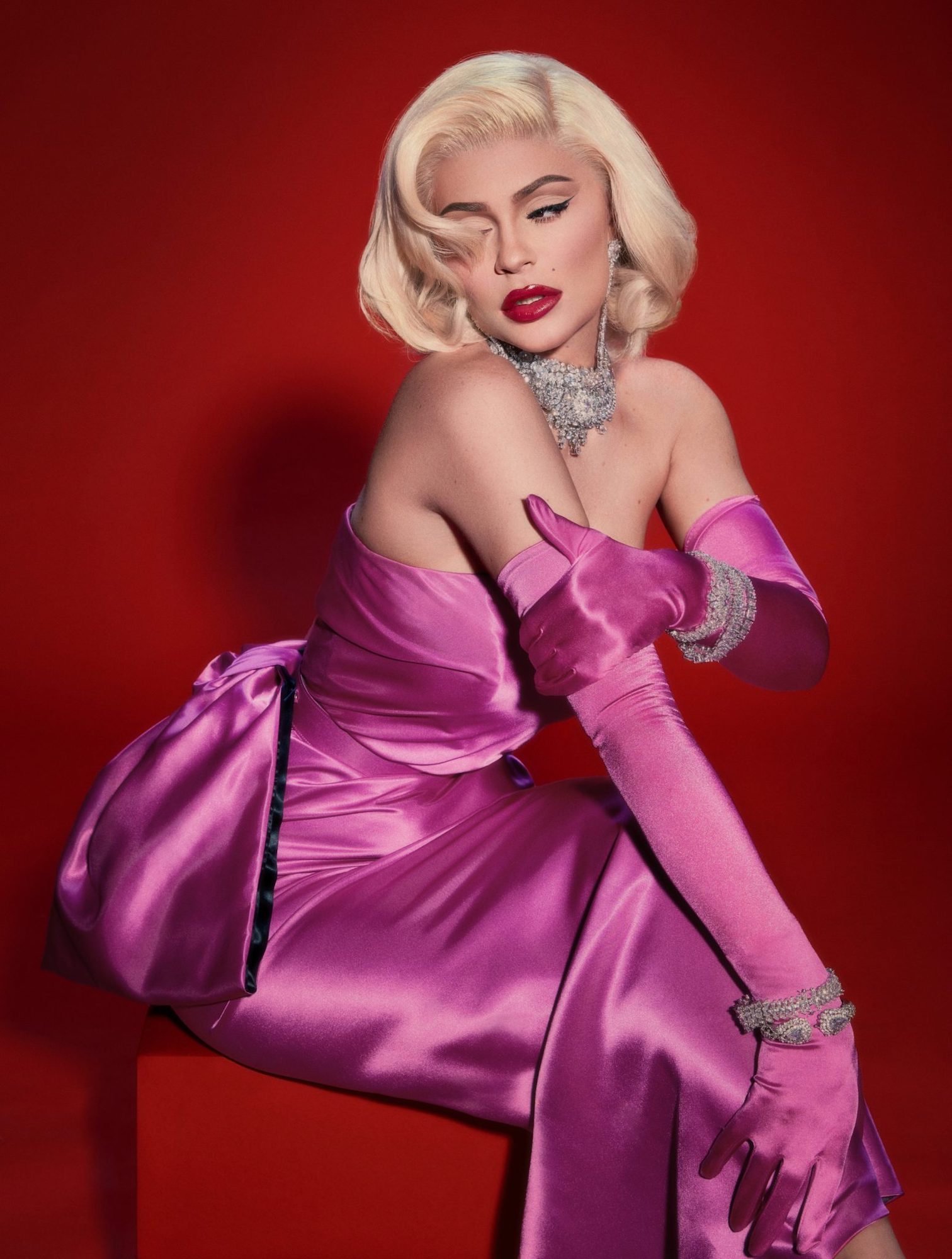
By the ’60s, Jackie Kennedy’s obsession with the color moved it back to being sign of luxury, though it still had feminine connotations. Pink was also a major component of the pop art movement of the time. By the ’70s and ’80s, pink was making waves in entertainment, with the pink ladies of Grease and the Molly Ringwald flick Pretty in Pink. In the ’90s, pink was the officially color of pop music, thanks to Madonna’s iconic Jean Paul Gaultier bustier. Pink continued its domination in the entertainment industry in the 2000s with Legally Blonde and Mean Girls.
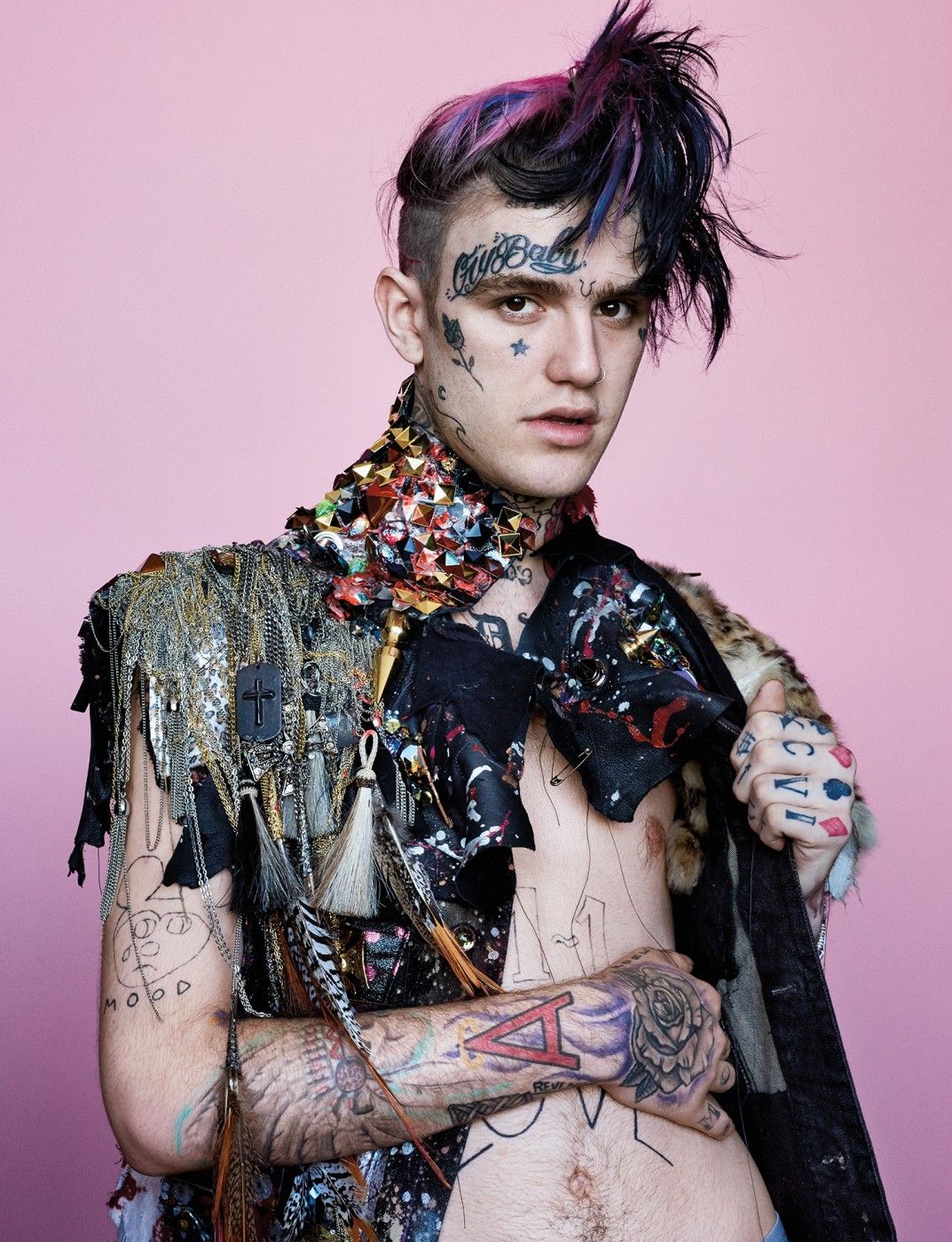
Pink as a symbol for unity began in 1991, when the pink ribbon became the official international symbol for breast cancer awareness. Since then, pink has been used by a number of groups to raise awareness or to show strength, from the pink pussy hats from the women’s marches of 2016 to the all pink rallies for Filipino candidate Leni Robredo.
Today, pink is sign of power and unity. While it still retains some connotations with femininity, pink is largely seen as an androgynous color. In 2022, all shades of pink are having yet another moment in fashion, most notably (and brightly) with Sebastian Stan’s full hot pink Valentino look for the 2022 Met Gala.
It seems like no matter the connotations or meanings of the color, society will always be thinking pink.
Discover More
